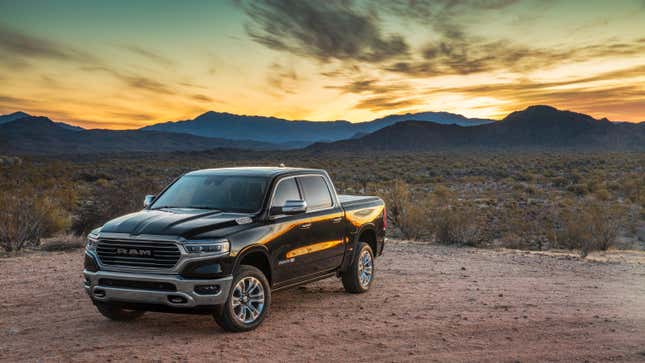Car Quality Is Getting Worse

The annual J.D. Power Initial Quality Study shows that a decline in new vehicle quality persists in the industry. For the third year in a row, owners are reporting more and more issues with their new cars, which trace back to the introduction of new features and technology, according to J.D. Power. Vehicle quality has gotten so bad, in fact, that carmakers who once led in the rankings, like Toyota, have now slid down and ceded their places to Dodge, Ram and Alfa Romeo.
The Mundane Cars You Can’t Help But Love
J.D. Power says that new features in cars, or more features, overall, are responsible for the decline in quality; the idea being that the more equipment there is in a given model, the more opportunity there exists for that equipment to be defective, or for it to fail to meet the expectations of new owners.
It’s a lot of little things that are adding up to these new car quality woes, but they’re not so much “little things” as much as those the industry had seemingly figured out: thing like door handles, which some new EVs just can’t seem to get right. Or other “basics” like wireless charging pads that are reportedly not working as expected, per the J.D. Power report:
“The automotive industry is facing a wide range of quality problems, a phenomenon not seen in the 37-year history of the IQS,” said Frank Hanley, senior director of auto benchmarking at J.D. Power. “The industry is at a major crossroad and the path each manufacturer chooses is paramount for its future. From persistent problems carrying over from years past to an increase in new types of problems, today’s new vehicles are more complex—offering new and exciting technology—but not always satisfying owners.”
The Initial Quality study ranks carmakers by the number of problems that owners reported per 100 vehicles. These problems include anything from infotainment features to controls and displays, to driving assistance features, as well as new car powertrains. The average number of problems reported was 192 this year, up from 180 last year (2022) and 162 the year before that (2021).
Graphic: J.D. Power
Toyota didn’t even hit the study average, which, again, is 192 problems for every 100 vehicles sold. Toyota saw 194 problems per 100 vehicles, or one additional problem than rival Japanese carmaker, Mitsubishi, which saw 193 problems per 100 vehicles.
For reference, even though Tesla and Polestar are officially omitted from the study because they don’t meet award criteria, the two EV makers had 257 and 313 problems per 100 vehicles, respectively. That’s well above the number of problems for the study average, and in Tesla’s case (257), over 100 problems greater than Dodge (140) — the top carmaker on the list this year.

Photo: Alfa Romeo
You could say Alfa Romeo had something of a glow up this year, having dropped to 143 problems per 100 vehicles, which is a whopping 68 problems fewer than last year. Alfa’s improvements were so marked that it topped the rankings among premium carmakers for the first time ever. Congratulations, Alfa.
If you’re seeing a pattern here, you’re not alone. Parent company Stellantis was reportedly able to improve its individual brands like Dodge and Alfa because many models are the same as last year and have had time to improve. It seems it’s easier to iterate on a design than introduce a whole new one, which is what tripped up many major automakers that have debuted newly-designed models. Maybe the lesson to be gleaned here is that not every new car needs to be packed to the gills with tech, nor priced to reflect this accordingly. Maybe, don’t fix if it, if it ain’t broke. Door handles certainly weren’t broken until recently.

Photo: Ram







